Clocks have been around since the 15th century with the first clocks helping people manage their time more effectively. Antique clocks are now sought after for their unique design and history. There are many different kinds of antique clocks that you can find, including grandfather clocks, wall clocks, and table clocks. Each type has its value, depending on the maker, materials used in making it, and other factors.
In this article, we will explore exactly what makes a clock antique as well as some valuable examples that can help you understand the market better and know how to best sell yours if you have one sitting in your home or want to buy one from an auction house.
Table of Contents
What is an Antique Clock?
The term “antique clock” refers to any clock that is over 100 years old. The design and functionality of antique clocks have evolved over time, but they all have one thing in common—they are collectible pieces. Antiques have increased in value since they have been passed down over time.
Antique clocks can be useful objects and simultaneously serve as beautiful works of art. They might make a lovely centerpiece for your house. When placed on the mantle of your living room or a shelf in your study, an appropriately picked antique clock will instantly give a touch of grandeur to a room. There are several different kinds of antique clocks, and each one has a distinguishable appearance.
Identification of Antique Clocks
It is impossible to assign a certain value to a clock that isn’t an antique. So, before doing anything else, carefully check your clock and confirm it is actually an antique. Here are things to do to correctly identify an antique clock:
- The first step is finding unmistakable evidence of professional handcrafting (antique clocks are generally handmade). Examine the beautiful woodwork and minute features on the case; they should offer a very helpful identification hint.
- Also check other parts of the clock, including the glass, dial, hands, and case materials. They usually have dates and maker marks that would suggest the age of the clock.
- Another important aspect of recognizing an antique clock is checking its design. Information about the place of origin, the clockmaker, and the year the clock was produced can easily be obtained by critically observing the design of the clock.
Antique Clocks Value
You must first comprehend what makes an antique in order to value an antique clock. Any item, such as a piece of furniture, a piece of art, a ring, or a clock, that has a high value because of its age is referred to as an antique. As mentioned earlier, any item that will be considered an antique has to be over 100 years old.
If you want to accurately determine the value of an antique clock, here are some factors to consider:
- Type of Clock – First, you must accurately identify the type of clock. Look for a label or the marker’s signature on the clock. Examine the face, mechanism, and casing to determine the type of clock. Some types of antique clocks generally sell more than others. For instance, German cuckoo clocks are considered more valuable as collectibles than commercial kitchen clocks.
- Historical Significance – After you have accurately identified the type of clock, you might need to do some research to see if it has any historical significance. A clock with a unique history of ownership and a notable origin will be worth more.
- Manufacturer’s Reputation – It should come as no surprise that a clock made by a reputable manufacturer will be worth more. If the clock is signed by a reputable clockmaker, its value will significantly increase.
- The Rarity of the Clock – The uniqueness of an antique clock can be determined by many different factors. Your clock might be unique if there weren’t many of it made in the first place. If there are many of them, but their owners don’t want to sell them, it might also be rare because it will be pretty hard to find them in markets It is simply an exhibition of laws of demand and supply.
- The Type of Mechanism – The mechanical excellence of an antique clock improves its worth. An eight-day cuckoo clock, for instance, is better than a one-day clock that needs to be wound daily. A clock with animated figures is also worth more. If any of the clock’s mechanisms have undergone significant repairs or if any of the movements are not original, the majority of collectors will consider the antique to be less valuable.
15 Old Clocks Worth Money
The value of antique clocks can range from a few hundred dollars to several thousand dollars, depending on the type of clock and materials used in its construction. Here are some of the most valuable antique clocks that you can find at auction houses or antique stores:
Antique Grandfather Clocks
Grandfather clocks are clocks that stand on the floor and are sometimes referred to as long-case or tall-case clocks. These antique clocks are quite popular nowadays. However, they have existed since at least 1660. These clocks had square brass dials and crested crowns. Because of its length, which in most cases reached seven to eight feet, long-case clocks are quite popular. In spacious rooms, they look very lovely.
They often have a tall case made of oak or mahogany with glass doors that enclose a pendulum that swings. Lead or brass make up the oscillating weight that hangs beneath the clock. The fact that they chime at hourly intervals is one of their nicest characteristics. Grandfather clocks are ideal for homes where you want to make a statement. Large rooms with high ceilings, such as living rooms, or expansive foyers are the perfect places for these beautiful pieces.
Grandfather clocks are one of the most sought-after antique clocks in the collector’s market. Collectors are willing to pay several hundred dollars to have one in their collection. In a recent sale on eBay, an old grandfather clock by Charles R. Sligh was sold for $1050.
Carriage Clocks
A carriage clock is a compact, spring-driven clock made for traveling. It was invented in France at the beginning of the 19th century. It was also called a “Officers’ Clock.” Abraham-Louis Breguet created the first carriage clock for Emperor Napoleon in 1812. The rectangular, mostly plain or gilt-brass casing has a carrying handle and is frequently set with glass panels, but enamel or porcelain panels are seldom used.
In a carriage clock, a balance and balance spring are used to keep time instead of the bigger pendulum in bracket clocks. Between 1880 and 1920, the Armand Couaillet factory in Saint-Nicolas d’Aliermont (France) produced hundreds of carriage clocks.
Antique carriage clocks are quite rare nowadays. Hence, they are very valuable collectibles. They sell for very high prices in the present-day collector’s market. They can sell for as high as $2000. For instance, an antique French carriage clock in perfect condition was sold on eBay for $1920.
Cuckoo Clocks
The actual inventor and the place of origin of the first cuckoo clock are unknown. However, the Black Forest region in southwest Germany (in the current state of Baden-Württemberg) was where the cuckoo clock began to gain its popularity and from which it was exported to the rest of the world, is thought to have played a significant role in its development and evolution. Thus, it has become a cultural identity in Germany
A cuckoo clock is essentially a pendulum clock that strikes the hours with a sound resembling a common cuckoo cry and features a mechanical cuckoo bird that moves with each hourly strike. The motion of the cuckoo bird is in two variations. In some cuckoo clocks, the bird open and close their beaks and open their wings while leaning forward. In others, there is no such elaborate movement, the bird only leans forward while making the sound at the hourly strike.
Like most antique clocks, cuckoo clocks are handcrafted. Hence, they are quite valuable among collectors. They sell for prices between $100 and $500. A rare antique German cuckoo clock was sold recently on eBay for $475.
Banjo Clocks
The Banjo clock is also known as “Banjo Timepiece.” Just as the name suggests, it is an American clock that has the shape of a banjo. It was invented and patented by Simon Willard in 1802. Since the banjo clock typically doesn’t have a striking mechanism and solely uses its hands and dial to display the time, some horologists may insist on referring to it as a timepiece rather than a genuine clock.
The wooden case of a banjo clock features a long-waisted throat, a rectangular pendulum box with a hinged door, and a round opening for the dial. Reverse-painted glass panels (verre églomisé) are used to adorn the throat and door. Also, the case is typically flanked by curved and perforated brass frets.
Even though other clockmakers continued to adopt the design in making their own brand of the banjo clock, Simon Willard’s creations are the most collectible ones. However, they are quite rare nowadays as only 4000 pieces were actually made by Simon Willard. As a result, they are now valued at very high prices. An original Simon Willard banjo clock from the 19th century was sold recently on eBay for $1000.
Bracket Clocks
A bracket clock is a small antique table clock produced between the 17th and 18th centuries. The clock got its name from small weight-driven pendulum clocks ( also known as true bracket clocks) that were usually hung on a bracket on the wall to allow room for their hanging weights.
They frequently consist of a clock and its small decorative shelf, two matching components put together as an ensemble. They are generally always made of wood, frequently ebony, and frequently embellished with brass inlay, wood veneer, ormolu mounts, or beautiful varnish. Due to their portability and the fact that most homes only had one clock, bracket clocks remained popular even after the invention of spring-driven clocks.
Bracket clocks have become valuable collectibles among collectors and they now pay good prices just to have one in their collection. For instance, an antique English chiming bracket clock was sold on eBay for about $867.
Lantern Clocks
These are lantern-shaped antique weight-driven wall clocks These were the first clocks that were frequently used in private houses. They were the first type of clocks that were primarily made of brass. They were first made before the 15th century but didn’t become popular until the beginning of the 17th century.
The origin of the name is often debated. Some claim it is because it resembles a lantern, while others claim it is a misinterpretation of the French term “laiton,” which refers to the brass used to make the clocks.
By the end of the 19th century, most lantern clocks had become obsolete making them very difficult to come by these days. Hence, they are very valuable in the collector’s market nowadays and they sell for very good prices. In a recent sale on eBay, an antique English lantern clock of the Victorian Era was sold for $685.
Lighthouse Clocks
Like the banjo clock, the lighthouse clock was invented by Simon Willard. Lighthouse clocks were produced in the US between 1818 and 1830. They have their dials contained in a glass dome on a tapered, cylindrical body. They were once referred to as “Patent Alarum Timepieces,” but due to their striking resemblance to a lighthouse, they were later renamed Lighthouse Clocks.
The clock is made of a wooden base that can be round, square, or octagonal and rises in a tapered column. The column is topped by clockworks that are usually protected by a glass dome, giving the impression of a standing lighthouse. Classical scene images were used to embellish some bases.
Due to the short production period of this timepiece, they are now very rare. This has made them very valuable collectibles among collectors. They sell for as high as almost $2000. For example, a Victorian brass lighthouse clock was sold for over $1900 (£1700) on Sworders, an online auction site.
Anniversary Clocks
The anniversary clock is also known as “the Torsion Pendulum Clock” or “the 400-day Clock”. It is a mechanical clock that uses a torsion pendulum to keep time. A torsion spring suspends the weighted disk or wheel, which is frequently decorative and has three or four chrome balls on elaborate spokes. The wheel and torsion spring act as a harmonic oscillator to regulate the speed of the clock’s hands, much like the balance wheel and hairspring of a watch.
It was invented and patented by Anton Harder in 1879. The clock was designed in such a way that it only needed to be wound once a year. This made it a groundbreaking invention because most clocks of that era required more frequent winding to remain accurate.
Anniversary clocks have grown to be very nice collectibles among collectors these days. Although they don’t sell for prices as high as most antique clocks, collectors would still pay reasonably to have one in their collection. One antique anniversary was sold recently on eBay for about $206.
Skeleton Clocks
The skeleton clock is a type of clock that has had the components that ordinarily hide the inner workings of the mechanism removed or considerably altered so that these inner components can be seen. It is a showcase design that purposefully exposes the different gears, wheels, and springs within the movement to plain view.
The body parts that demonstrate the most movement or the most beautiful design are the ones that skeleton clocks usually highlight. These could include the escapement, balance wheel and spring, mainspring, tourbillon, etc. These clocks highlight the beauty of the inner working parts of a clock by making their working mechanism visible to everyone. A skeleton clock’s dial is typically simple so that the viewer can remain focused on the moving parts.
Clockmakers still make skeleton clocks to this day but the antique ones remain the most valuable. Antique skeleton clocks can sell for as high as $750. In a recent sale on eBay, an antique French skeleton clock with an inverted pendulum was sold for $710.
Mantel Clocks
Mantel clocks, also known as shelf clocks, are typically small house clocks that are set on the mantel above the fireplace. The absence of carrying handles sets them apart from older chamber clocks of the same size. They were invented in France in the 1750s.
Many of these clocks are elaborate decorative pieces. The most common materials used to build them are ormolu, porcelain, and wood. The moving part of a mantel clock was supported by a seat board as opposed to wall clocks, whose moving parts were attached to the backboard.
Several designs of mantel clocks were made but the most common and valuable ones are the “French Empire-Style Mantel Clocks.” They are elaborately decorated mantel clocks produced mainly during the Napoleonic Era. This category of old mantel clocks has become one of the most sought-after antique clocks and collectors pay well to acquire them. Recently, an antique mantel clock of this design was sold on eBay for $749.
Tavern Clocks
A tavern clock often referred to as an Act of Parliament Clock, is a huge clock that was first hung in British inns and taverns in the middle of the 18th century. These wall-mounted clocks had simple designs with very large faces that ranged in diameter from two to five feet.
It was long after these clocks were already in use that the term “Act of Parliament clock” emerged. In 1797, prime minister William Pitt imposed a five-shilling tax levy on clocks in the Kingdom of Great Britain. In order to avoid paying the fee, many homeowners got rid of their clocks as a result. Taverns, on the other hand, saw the levy as a chance to increase foot traffic for their business by serving as a focal point for residents to check the time on their visible, wall-mounted tavern clocks.
Tavern clocks are arguably the rarest and most valuable of all antique clocks. They are so rare that they seldom come up for sale on auction sites or flea markets. But when they do, they sell for extremely high prices. Antique tavern clocks can sell for prices as high as over $20000. In a recent sale on 1stDibs.com, an antique George III tavern clock by Thomas Kefford was sold for $23637.
Atmos Clocks
This mechanical torsion pendulum clock was made by Jean-Léon Reutter in Switzerland in 1928 and does not require manual winding. It can function for years without human intervention. This is because it derives its energy from environmental changes in temperature and atmospheric pressure.
The expansion and contraction of liquid and gaseous ethyl chloride in an internally tightly sealed metal bellows power the clock’s mainspring, which in turn is wound by the expansion and contraction of air. As the temperature rises, the ethyl chloride vaporizes into an expansion chamber, compressing a spiral spring; as the temperature drops, the gas condenses, and the spiral spring expands, winding the mainspring. The mainspring is continuously wound by this motion.
In truth, the atmos clock is a special variation of the anniversary clock. Thus, they are also very valuable in today’s collectors market. Any expert collector would pay reasonably to add this nice antique clock to their collection. A rare antique atmos clock by Jaeger-LeCoultre was sold recently at an online auction for $1775.
Antique Alarm Clocks
An alarm clock, or simply an alarm, is a type of clock used to notify a person at a certain time. These clocks’ main purpose is to wake people up after a night’s sleep or a little nap; however, they can also serve as reminders for other things. Most employ sound, but a few also use vibration or light.
The invention of an alarm clock or anything of such dated back to ancient Greece. It was recorded that the ancient Greek philosopher Plato possessed a large water clock with an indistinct alarm signal similar to the sound of a water organ. Traditional alarm clocks have a mainspring that drives a gear to quickly move a hammer back and forth between the two bells or between the interior sides of a single bell. In some designs, the bell is also housed within the metal cover that is located at the back of the clock.
Although most might not be functional nowadays, antique alarm clocks can still be found in many households. These old clocks are one of the most popular antique clocks and they sell for very good prices in the collector’s market. For instance, an antique Westclox LaSalle Style 2 alarm clock was sold recently on eBay for $200.
Marine Chronometer
A marine chronometer is a precision timepiece that is kept on a ship and used for celestial navigation to determine the ship’s position and the time at that location. It is used to calculate longitude by comparing Greenwich Mean Time (GMT) with the time at the current place discovered from observations of celestial bodies.
The marine chronometer was invented in the 18th century by John Harrison, an English clockmaker, after 31 years of dedicated research. It was a significant technical accomplishment because reliable navigation required accurate knowledge of the time throughout a long sea voyage.
Due to technological advancements, marine chronometers gradually grow out of use. They were gradually replaced by the electronic GPS on most ships. They have become very valuable collectibles and they sell for very high prices nowadays. Recently, an antique Elgin 21J marine chronometer in excellent condition was sold on eBay for $3300.
Antique Flip Clock
A flip clock (sometimes referred to as a flap clock) is an electromechanical digital clock that displays the time as numbers that are sequentially disclosed via a split-flap display. The first flip clock was designed in Germany by Josef Pallweber, an Austrian inventor and engineer, in 1890.
Two sets of wheels are continually turned by an electric motor (sometimes synchronous if connected directly to the AC line) through a reduction gear train: the faster wheel rotates at a rate of 1 revolution per hour, and the slower wheel rotates at a rate of 1 revolution per 24 hours. Not in steps, but continually, the wheels turn. The 50/60 Hz AC power grid maintains the correct time on this synchronous electric clock.
Flip clocks are still very much in use these days. But the older ones have grown popular as valuable collectibles among antique collectors and they sell for reasonable prices. An antique French flip clock was sold recently on eBay for $1675.
Conclusion
If you are an antique collector, an appraiser, or just a curious reader, we hope that this brief overview of antique clock styles has intrigued you and given you an insight into some of the numerous styles of clocks that were manufactured when the art of making timepieces was still in its infancy.
Some people enjoy gathering antique clocks of various types, while others would rather amass one particular design that speaks to their spirit. There are so many different types of antique clocks to admire and you’re surely bound to find one that catches your attention.

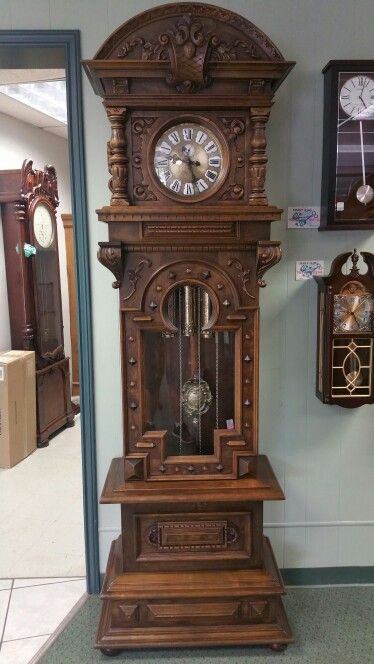
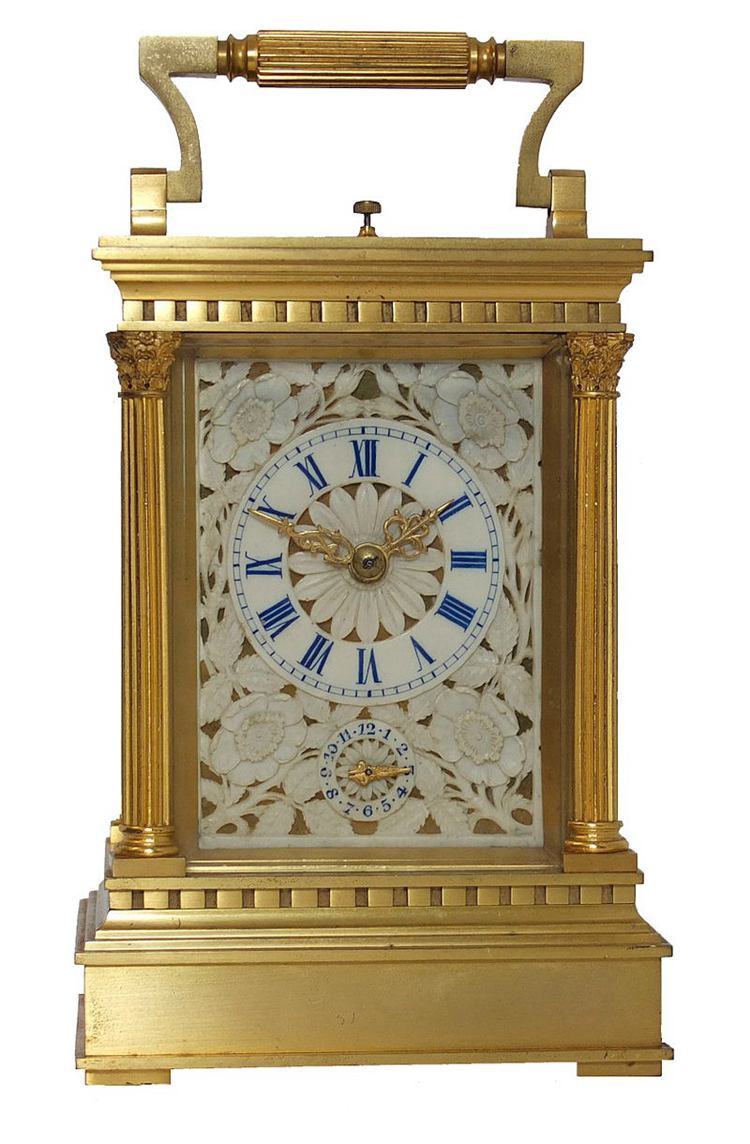
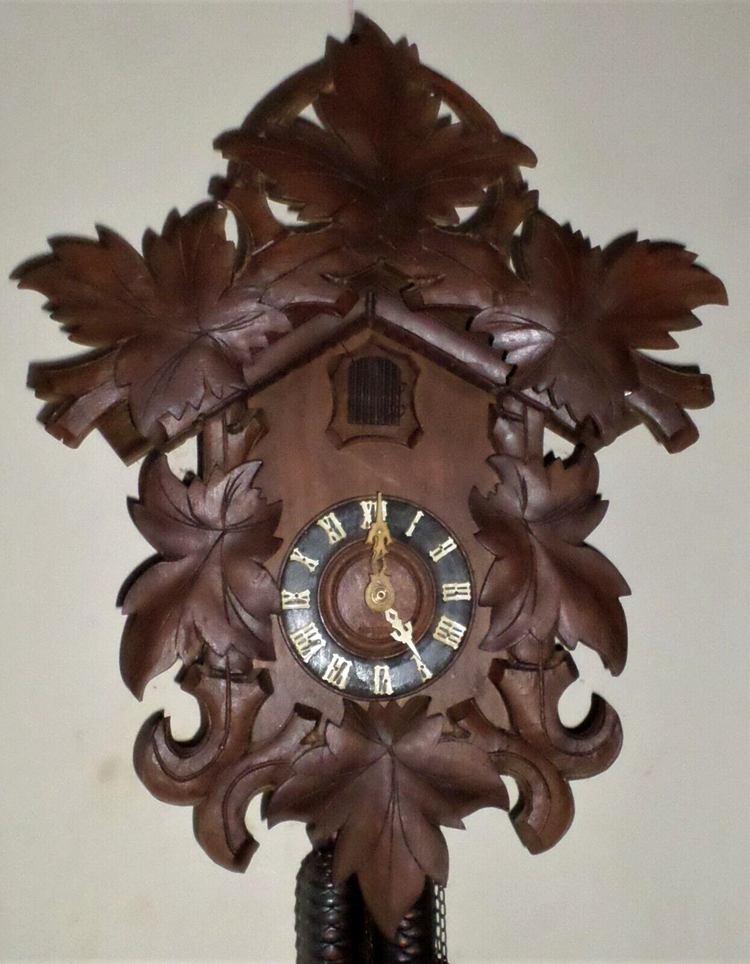
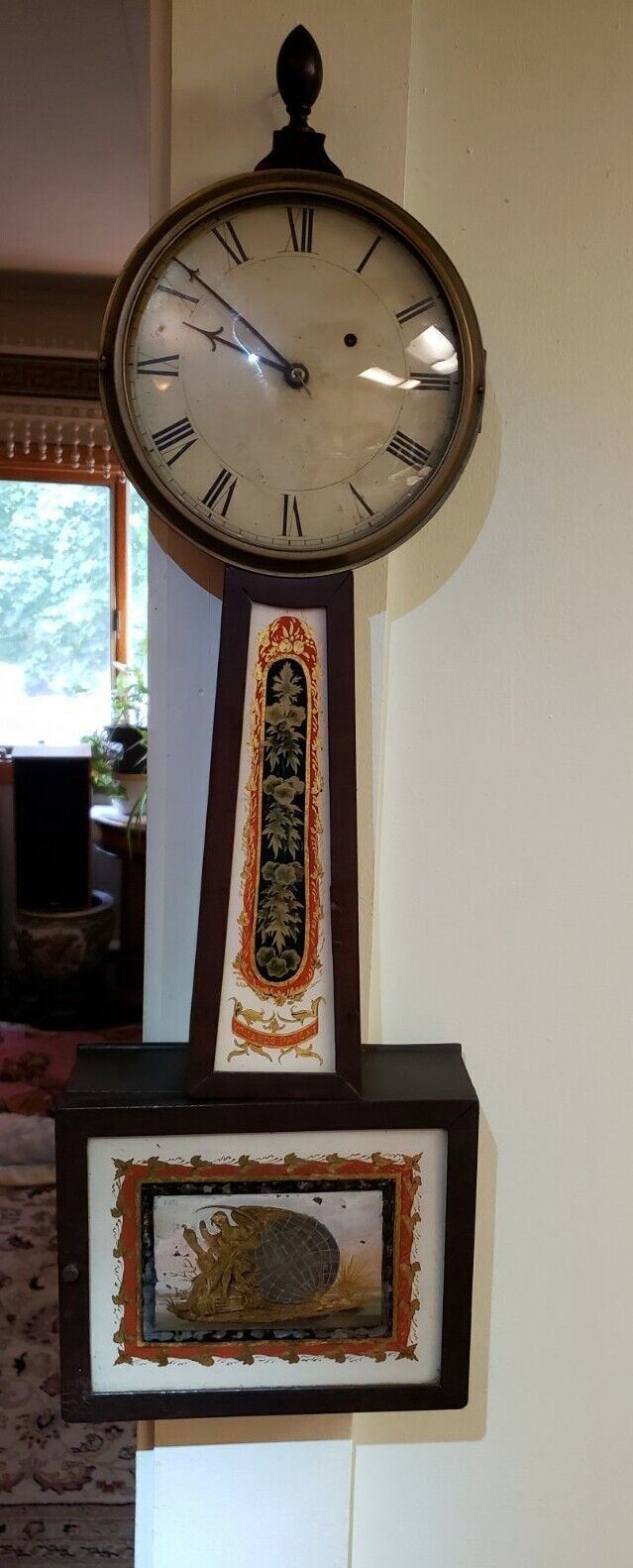
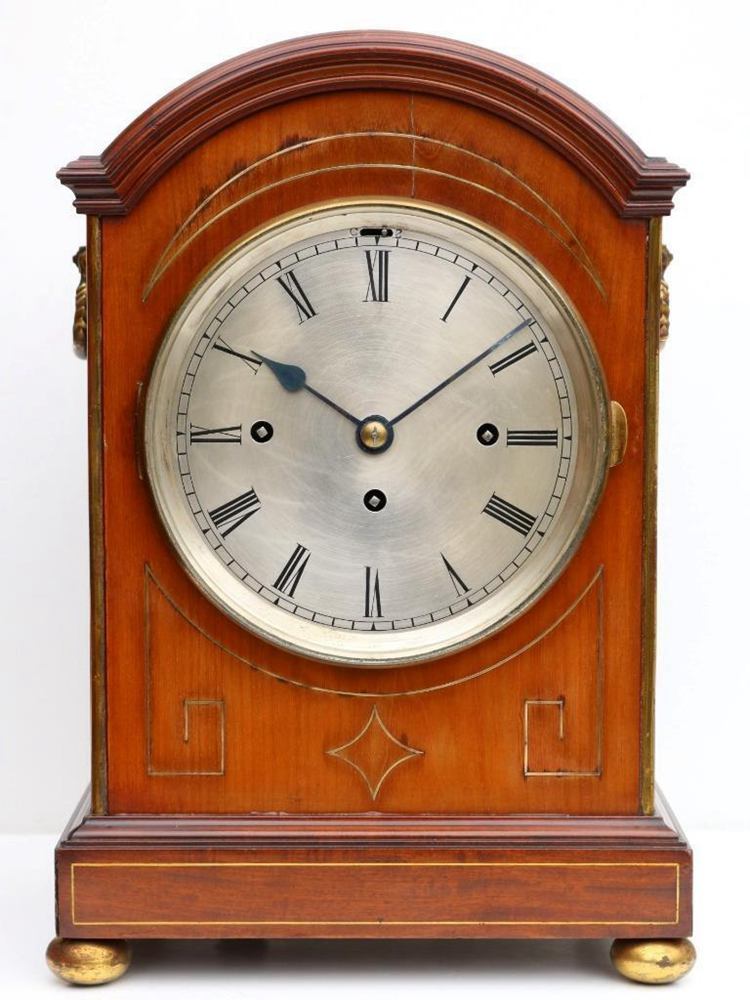
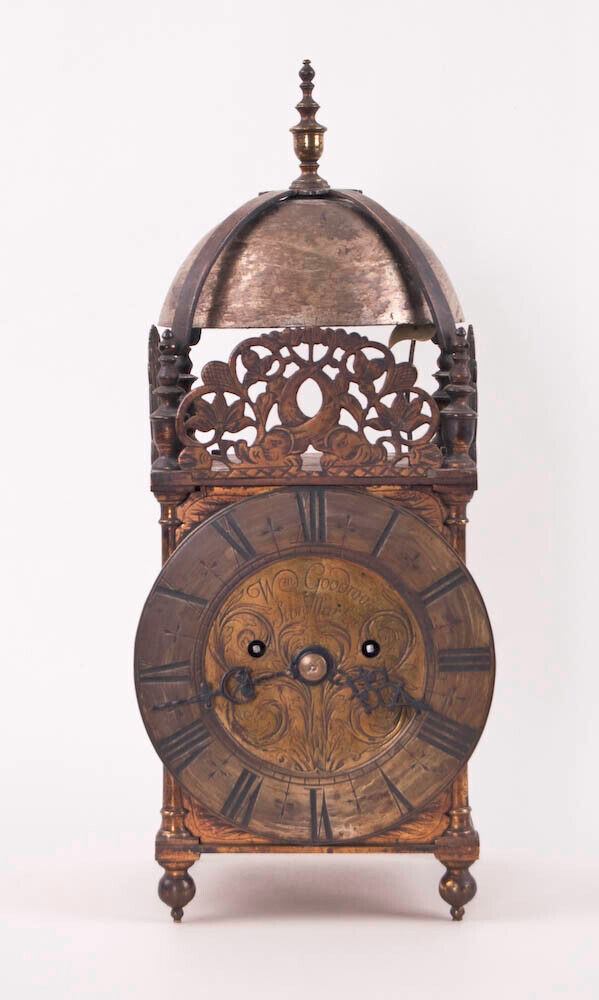
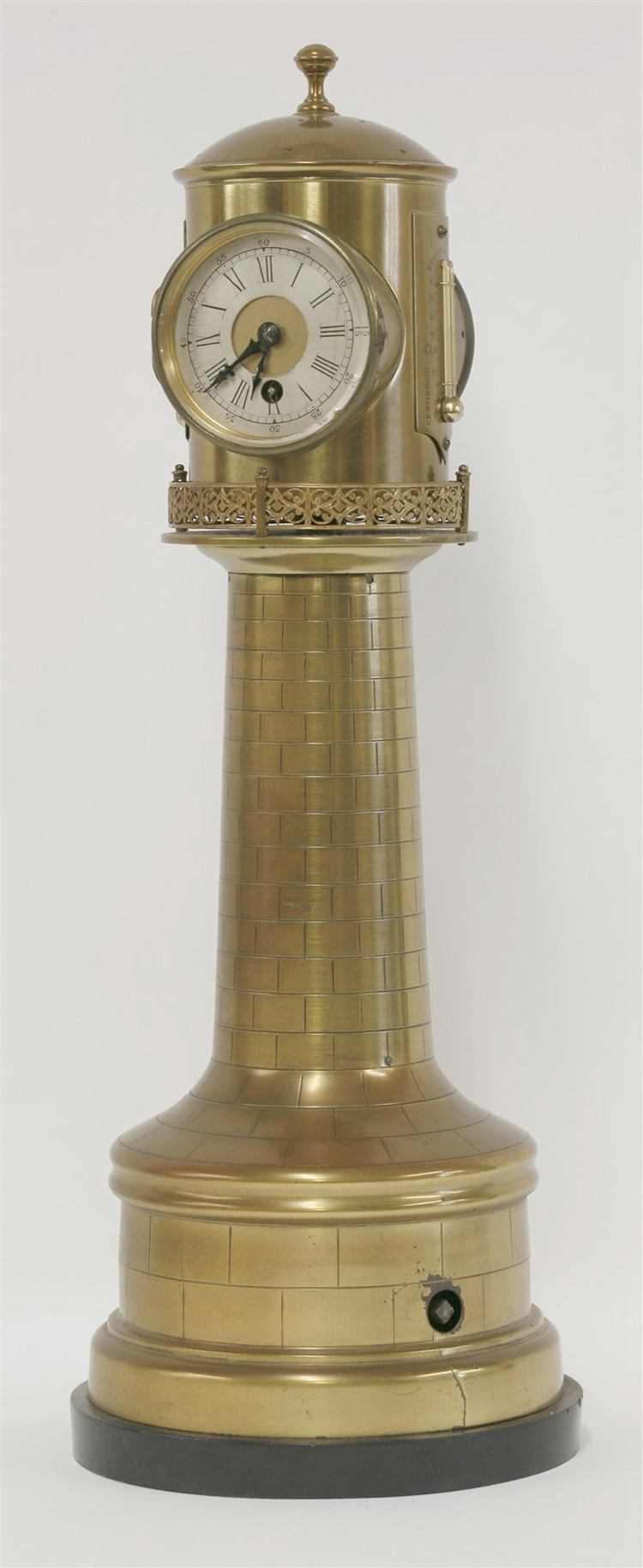
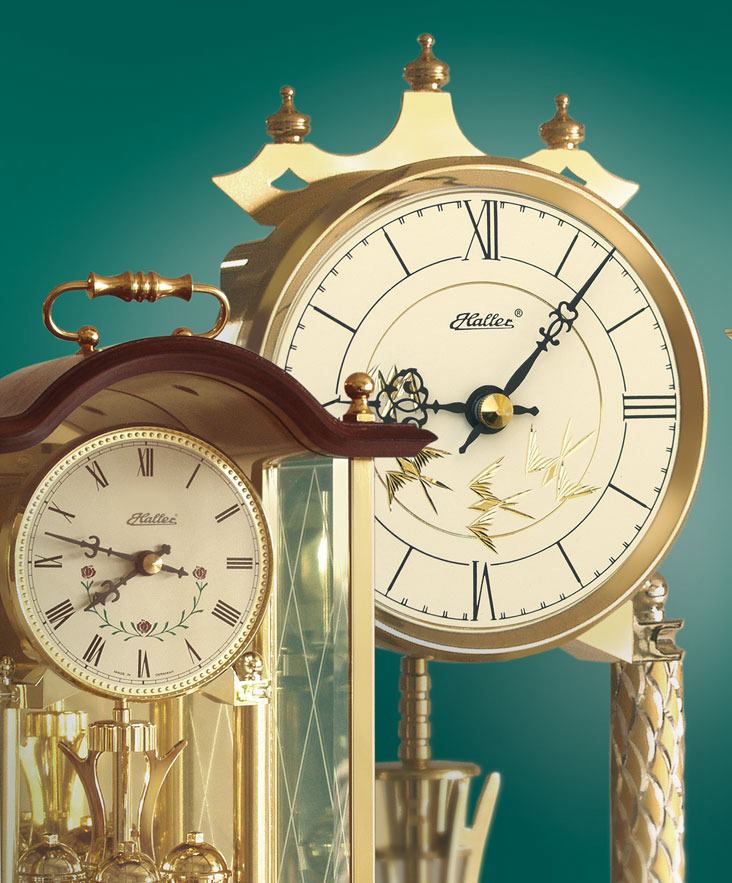
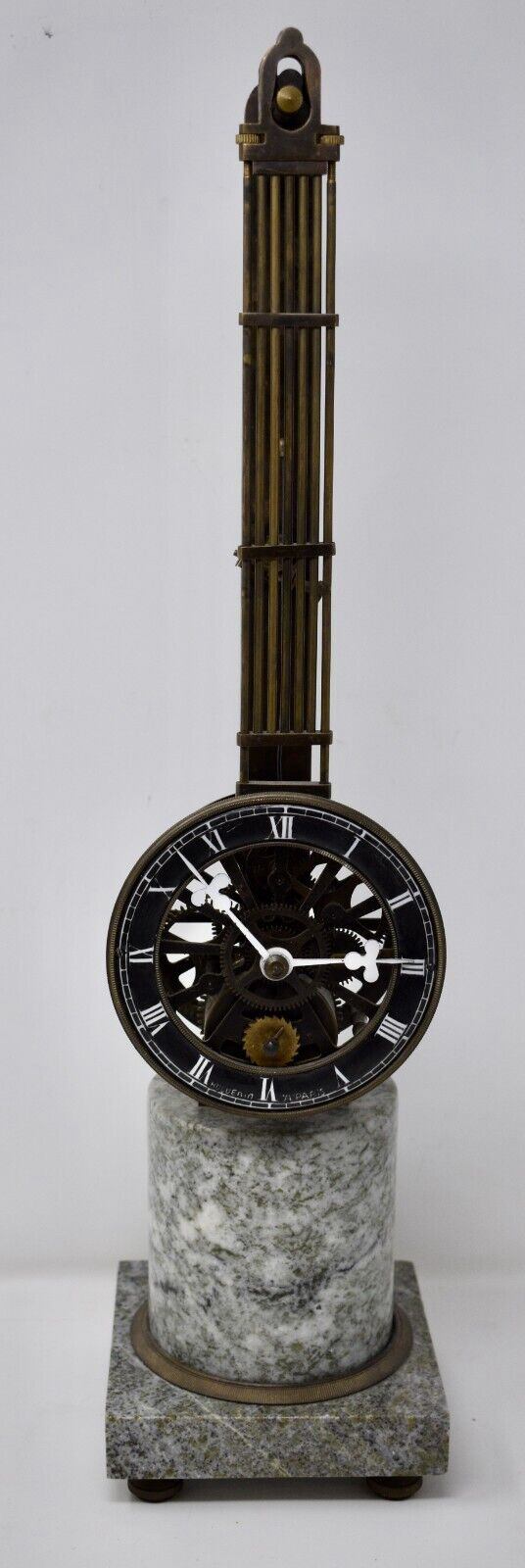
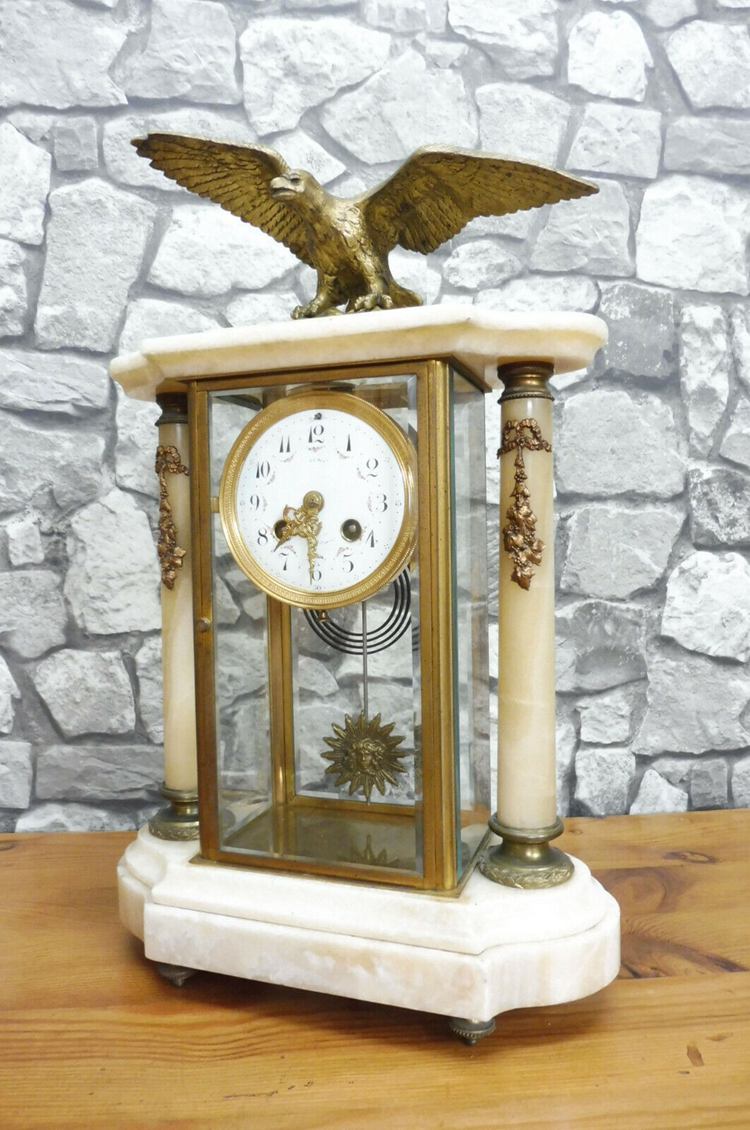
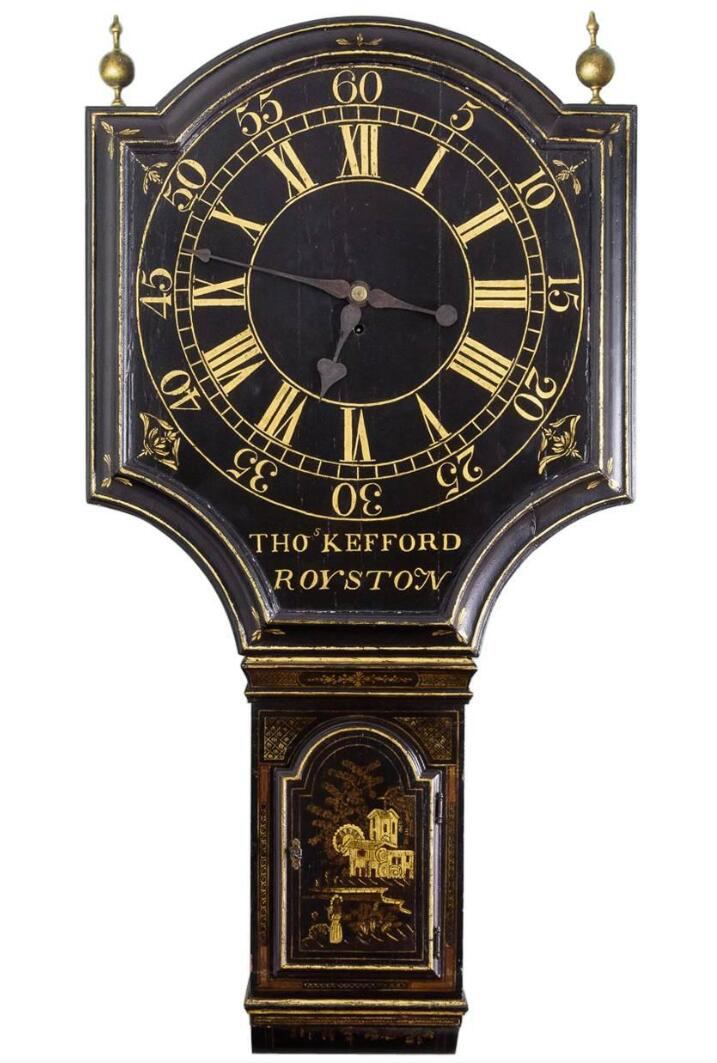
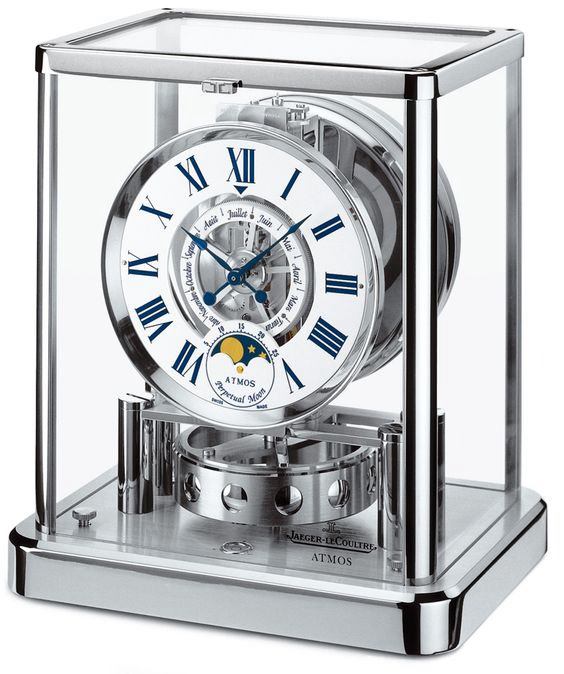
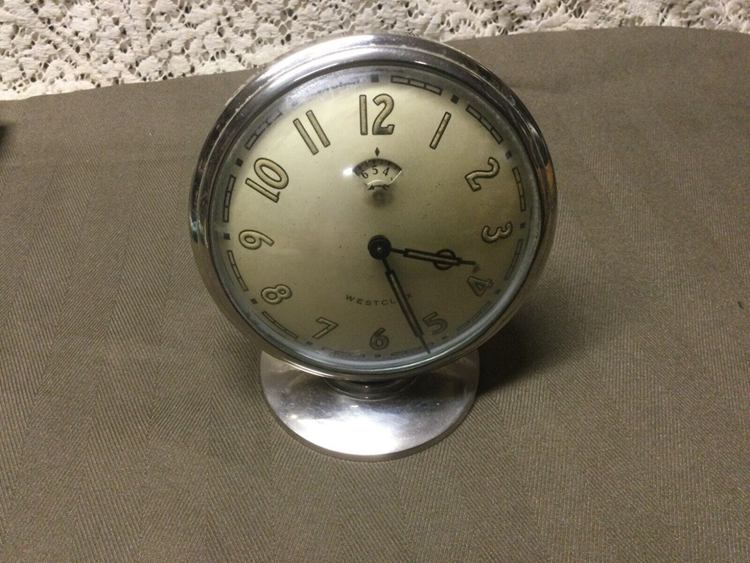
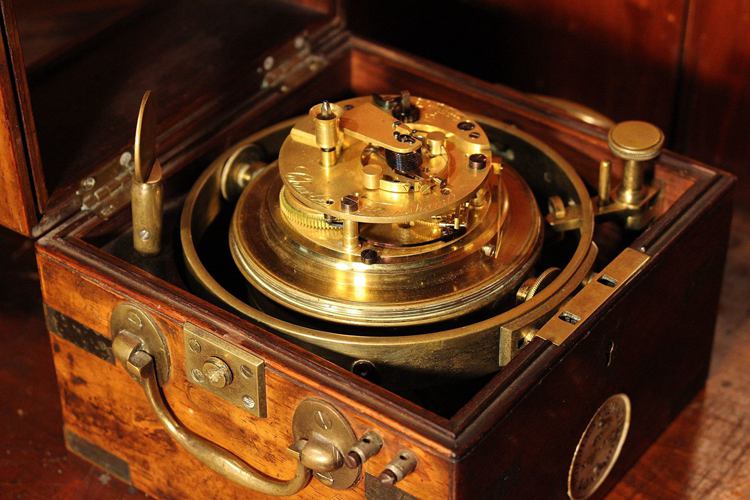
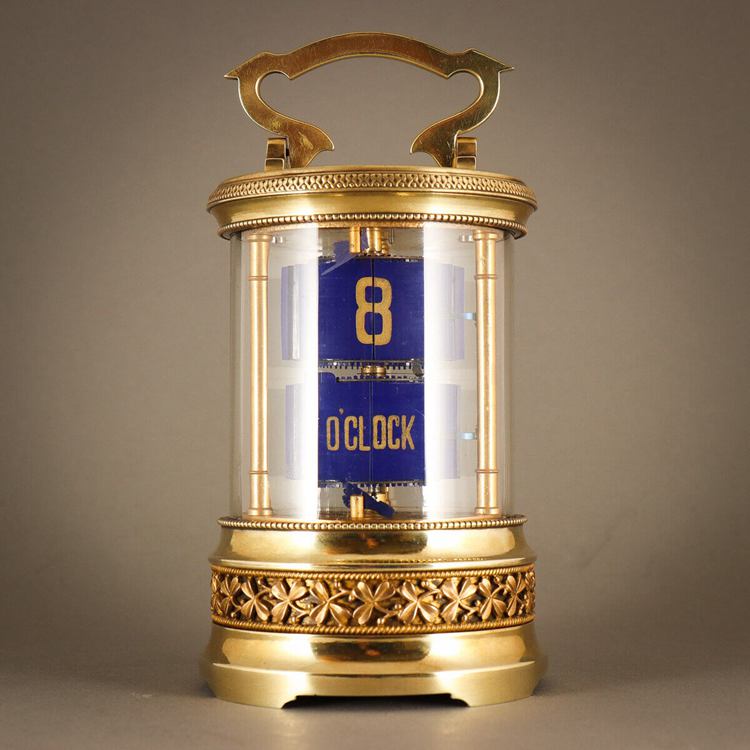




![Where To Sell Antique Furniture In 2022 [Ultimate Guide]](https://www.jacquelinestallone.com/wp-content/uploads/2022/09/Etsy-Your-Place-To-Buy-And-Sell-All-Things-Handmade-600x450.jpg)


